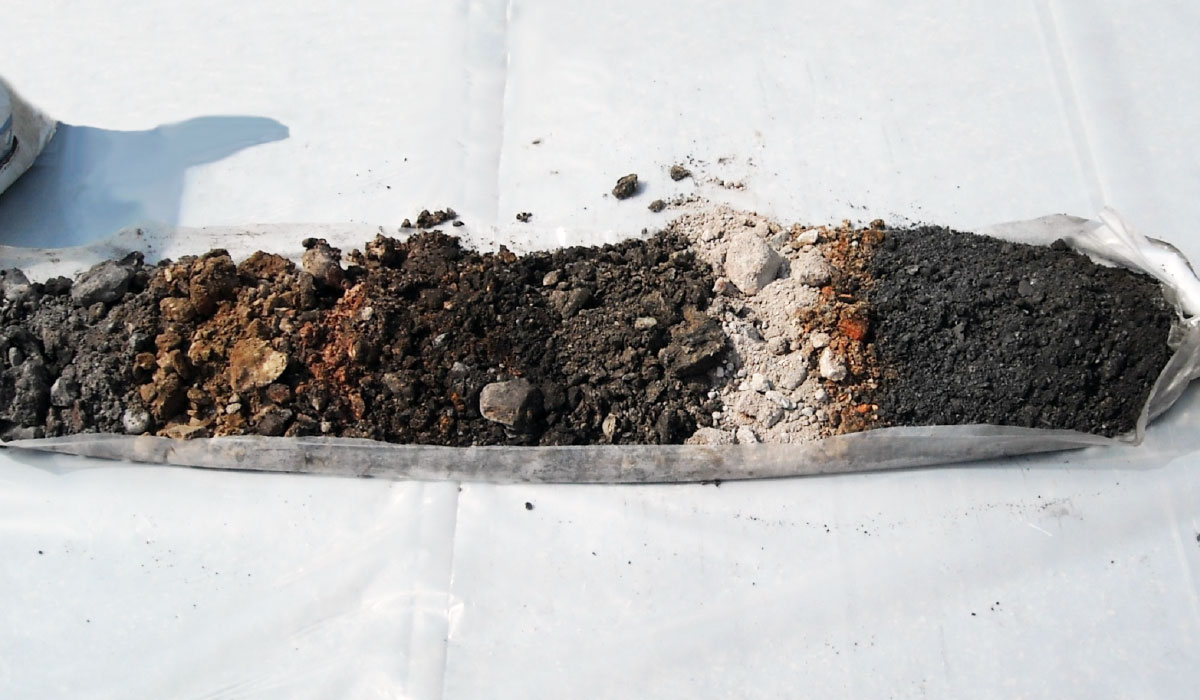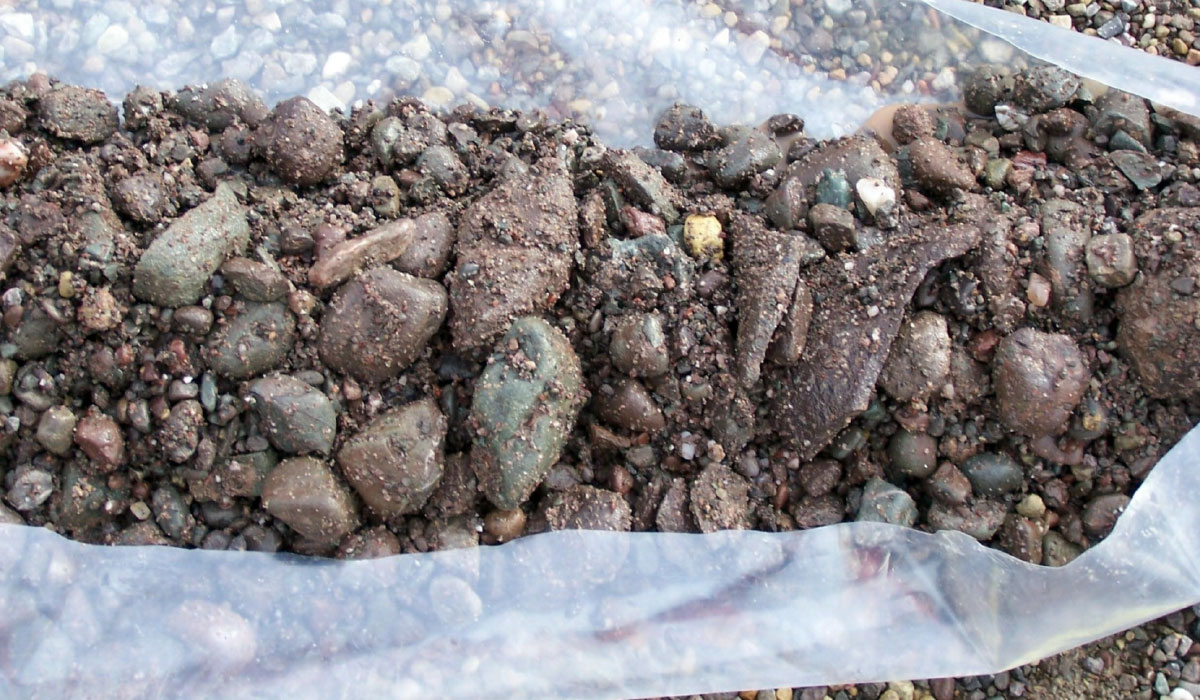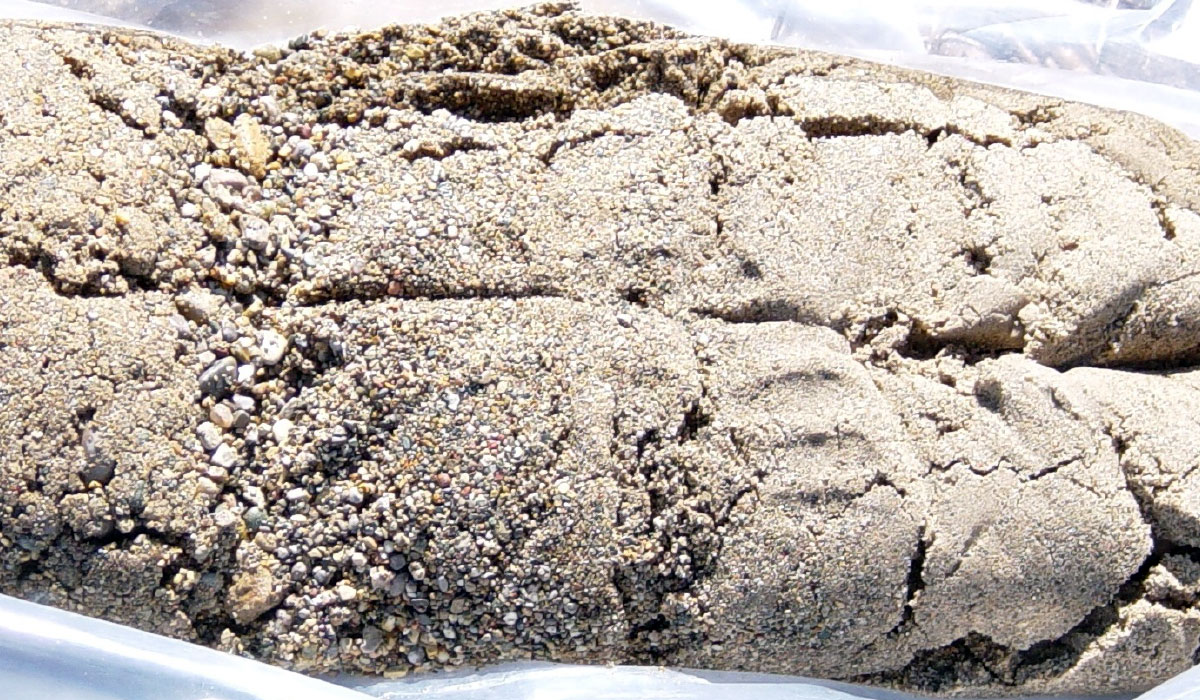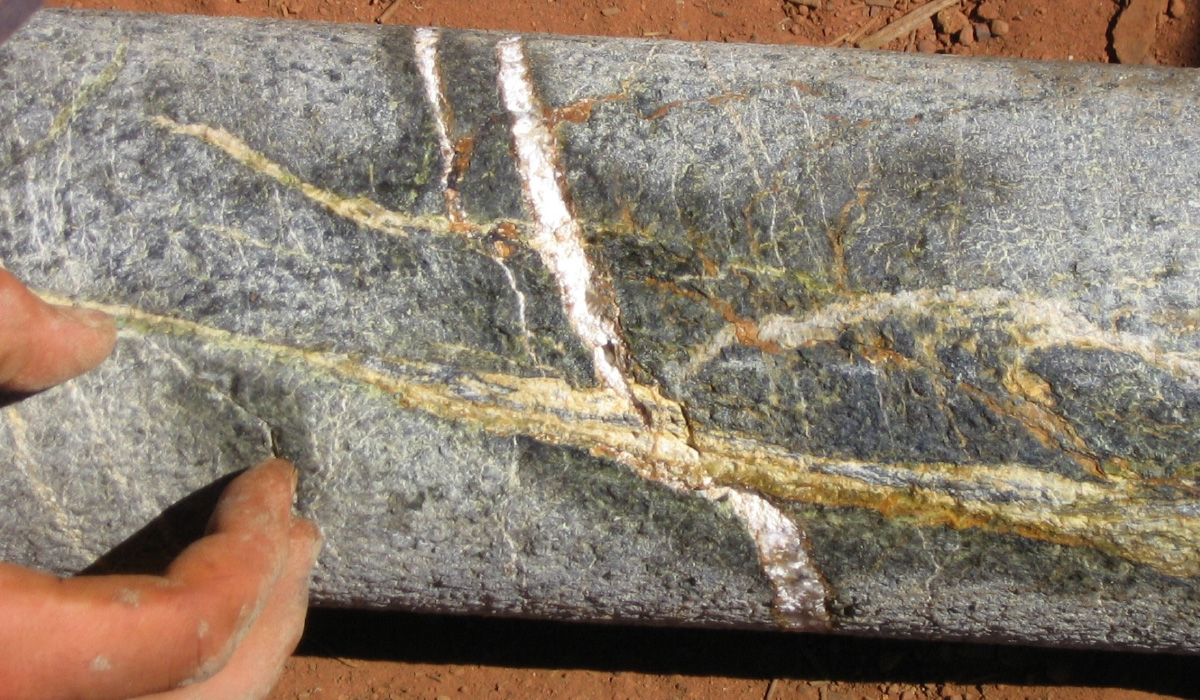OPERACIÓN NO MINERA
enero 12, 2017
Siete consejos para aprovechar al máximo la perforación sónica
Tecnología sónica avanzada y perforadoras sónicas altamente capacitadas.
La tecnología sónica avanzada y los perforadores sónicos altamente capacitados pueden alcanzar profundidades de más de 700 pies mientras se obtienen muestras de núcleos in situ cerca del 100 por ciento. Fred Hafner de Boart Longyear ofrece 7 consejos para aprovechar al máximo la perforación sónica.
1. Sepa cuándo usar la perforación sónica sobre otros métodos.
Saber cuándo y dónde utilizar la perforación sónica con respecto de los métodos de perforación convencionales es fundamental para obtener resultados rentables.
Hay tres razones principales para elegir la tecnología de perforación sónica:
1. Proyectos que requieren recolectar una muestra continua in situ - a diferencia de la perforación de circulación inversa (RC) donde se recolectan las virutas.
2. En situaciones que requieren evitar el fluido y el aire durante la perforación. No se necesita fluido ni aire en la perforación sónica, por lo que es un buen método para aplicaciones geotécnicas, de geoconstrucción y ambientales.
3. Para proyectos donde se encuentran formaciones de terreno no consolidadas. La perforación sónica es una buena solución, ya que puede manejar desde guijarros hasta rocas, al mismo tiempo que proporciona integridad del pozo a través de un proceso de revestimiento continuo.
2. Elija las brocas y zapatas adecuadas para las condiciones del terreno.
La dureza del suelo varía desde no consolidada hasta 10 en la escala de dureza mineral de Mohs. En terreno no consolidado, preste atención a los tamaños de roca y ajuste el sacatestigos de acuerdo con ellos. Por ejemplo, si los tamaños de roca son de 3 a 4 pulgadas de diámetro, el perforador debe seleccionar un barril de núcleo que tenga al menos 6 pulgadas de diámetro. Garantizar un tamaño de sacatestigo adecuado permite que las muestras de perforación pasen a través del sacatestigos para facilitar su recolección.
3. Retraiga el sacatestigo para alcanzar la profundidad máxima.
La fricción es el enemigo. Al retraer el sacatestigo se reduce la fricción para alcanzar mayor profundidad. Los sacatestigos deben dimensionarse según el tamaño de la carcasa.
4. No basta con sólo mirar los indicadores.
Los mejores perforadores sónicos no sólo miran los indicadores para saber cuándo retroceder o avanzar la sarta de perforación sónica dependen de sus otros sentidos; pueden sentir, tocar y escuchar cómo progresa la sarta. Los perforadores experimentados también confían en su conocimiento del sitio de perforación y la formación del terreno. Y los mejores perforadores saben cuándo adaptar sus métodos a medida que el agujero se profundiza y encuentran nuevas formaciones de suelo.
5. Considere el pre-emboquillado en la perforación sónica para una máxima eficiencia.
Cuando se trata de un par de cientos de metros de roca superyacente, el pre-emboquillado puede ser una forma más eficiente de alcanzar la profundidad objetivo. Es un método rápido y limpio que también puede extraer mejor información del estrato superyacente, especialmente en las formaciones no consolidadas. El pre-emboquillado en perforación sónica proporciona una muestra in situ de los minerales y puede detectar/proteger mejor contra cualquier infiltración de agua.
6. Comparta el conocimiento y explique.
Aunque la tecnología de perforación sónica ha existido por más de un par de décadas, la tecnología todavía es nueva para algunos. Cuando se toma el tiempo para interactuar con el cliente y explicar el proceso y la tecnología, los beneficios del método son claros.
7. Mantenga la seguridad como prioridad.
La seguridad es el aspecto más importante de cualquier sitio de perforación. Incentive y promueva una cultura de seguridad. Anime a las cuadrillas de perforación a pensar antes de actuar; tómese cinco minutos antes de hacer algo. Esto permite que el equipo de perforación se concentre en la labor específica, una tarea a la vez.
¿Necesita saber más acerca de la perforación sónica? Lea sobre el LS250 MiniSonic








